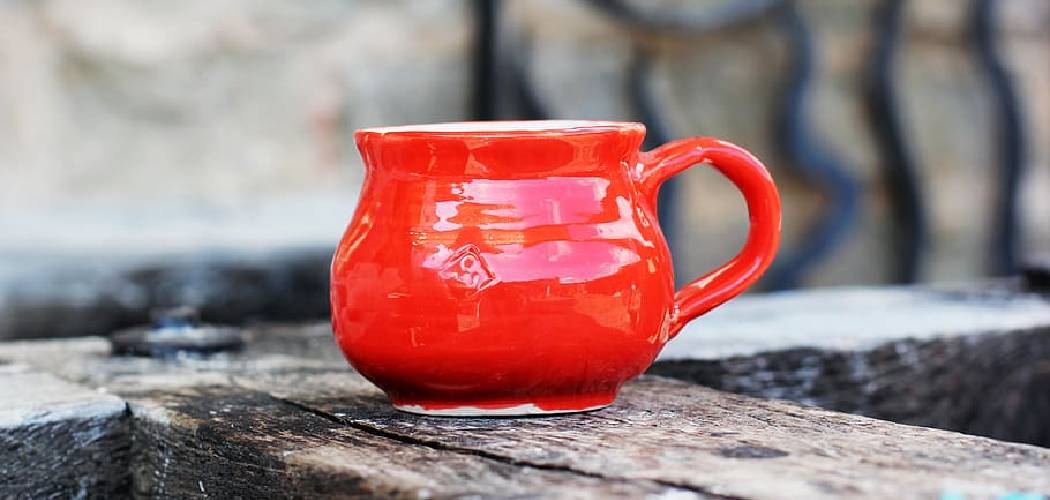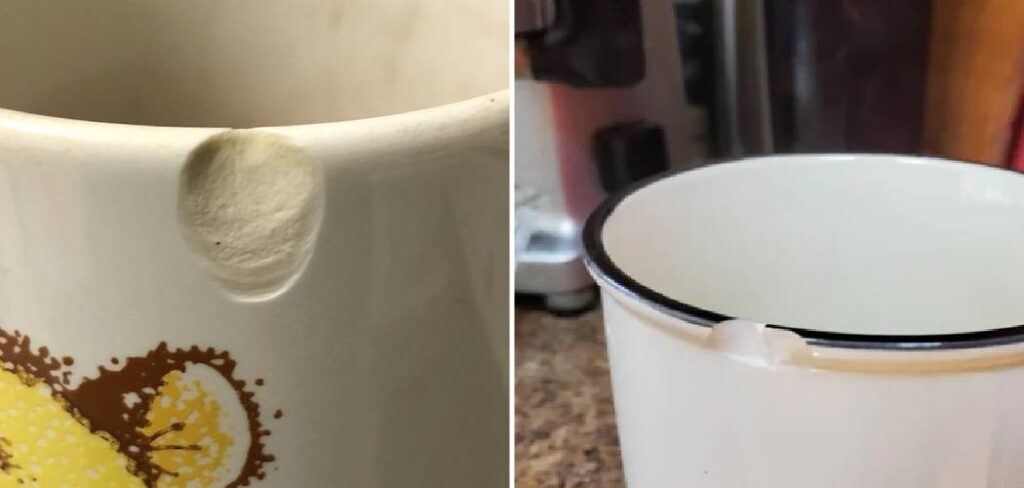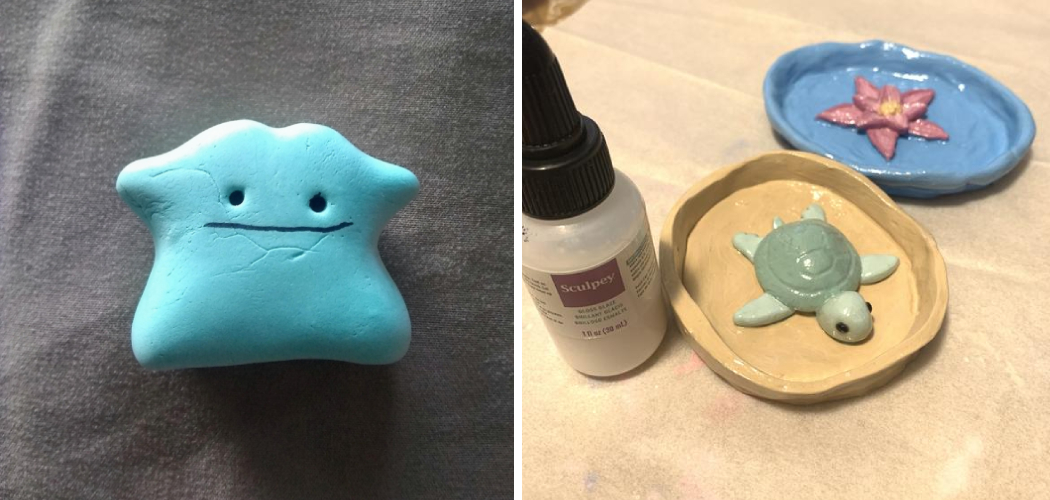Preserving the lustrous beauty of glazed pottery requires a delicate touch and a nuanced approach to cleaning. Glazed pottery, with its smooth and shiny surface, demands specific care to maintain its aesthetic appeal without compromising the integrity of the finish. In this comprehensive guide, we will explore how to clean glazed pottery. From selecting gentle cleaning agents and tools to avoiding abrasive materials that may scratch the glaze, we’ll provide valuable insights into preserving the vibrant colors and sheen of your pottery pieces.
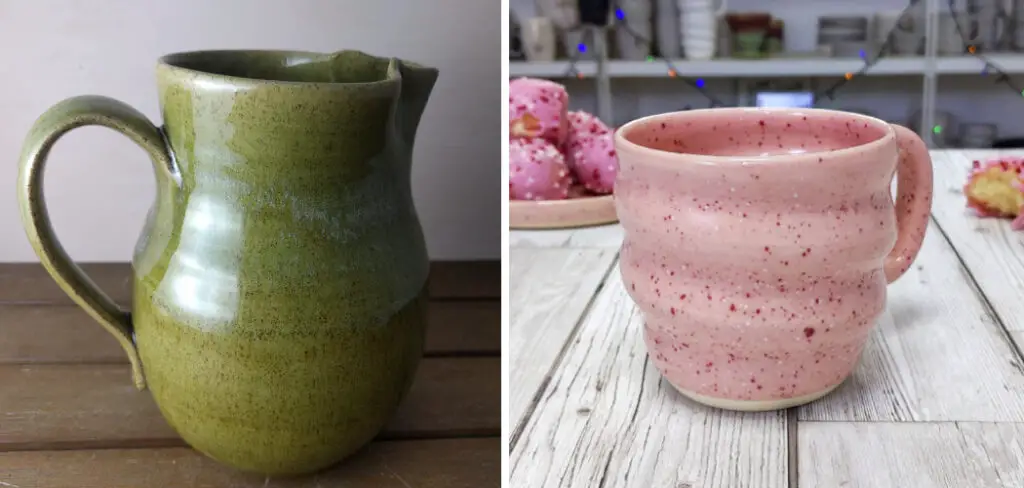
Whether you’re dealing with decorative vases, mugs, or intricate sculptures, understanding the proper cleaning techniques ensures that your glazed pottery remains a showcase of craftsmanship and beauty. Say farewell to uncertainty as we unravel the secrets to effectively and safely clean glazed pottery, allowing you to showcase your prized ceramics in all their resplendent glory.
Table of Contents
Different Types of Glazes
There are various types of glazes commonly used in pottery, each with their own unique characteristics and uses. Understanding the different types of glazes can help you determine which one is best suited for your project.
1) Gloss Glaze: This type of glaze provides a high shine or glossy finish to your pottery. It creates a smooth, glass-like surface that reflects light, making your pottery look vibrant and eye-catching. Gloss glazes are often used for decorative pieces such as vases or figurines.
2) Matte Glaze: Unlike gloss glazes, matte glazes create a dull or flat finish on pottery. This type of glaze is ideal for creating a more subtle and muted look. It is commonly used for functional pieces like mugs or bowls as it provides a non-slip surface.
3) Satin Glaze: This type of glaze falls somewhere between gloss and matte glazes, providing a slightly shiny finish with a soft and smooth texture. It is often used for both functional and decorative pieces.
4) Crystalline Glaze: This type of glaze creates unique crystal-like patterns on pottery, giving it a stunning and one-of-a-kind appearance. However, the process of creating crystalline glazes can be challenging and requires specialized equipment.
5) Raku Glaze: Raku firing is an ancient Japanese technique that involves quickly heating and cooling pottery in order to create unique crackle patterns. The glazes used for this method are specifically formulated to withstand the intense heat and create vibrant colors.
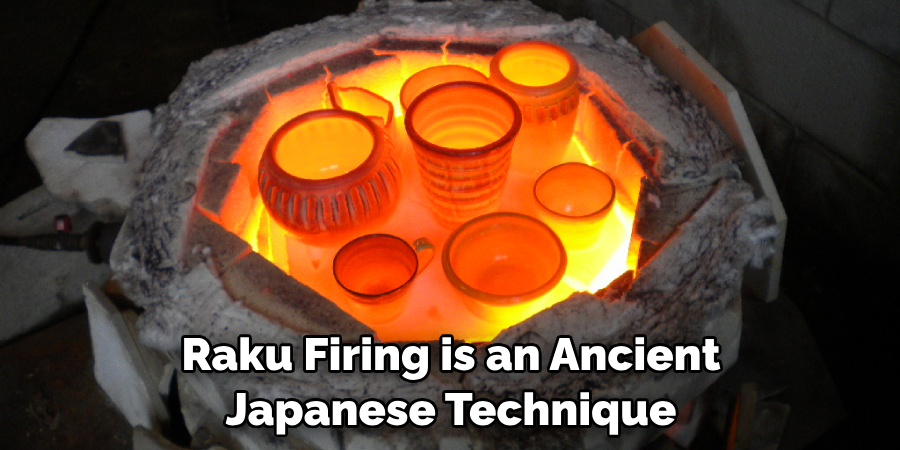
6) Underglaze: Unlike other types of glazes, underglaze is applied underneath a clear glaze layer. This technique allows for more intricate designs and patterns to be created on pottery as the underglaze stays in place while the clear glaze melts and flows during firing.
10 Methods How to Clean Glazed Pottery
1. Gentle Soap and Water
The most basic and gentle method for cleaning glazed pottery is to use a mild soap and water solution. Mix a small amount of soap with warm water and use a soft cloth or sponge to gently scrub the surface of the pottery. Rinse with clean water and dry with a soft towel.
2. White Vinegar
For tougher stains or grime, white vinegar can be used as a natural cleaning agent. Mix equal parts white vinegar and water in a spray bottle and spray onto the glazed pottery. Let it sit for a few minutes before wiping off with a soft cloth or sponge.
3. Baking Soda
Baking soda is another natural cleaning agent that can be used on glazed pottery. Make a paste by mixing baking soda with water and apply it to the stained area. Let it sit for 10-15 minutes before scrubbing with a soft cloth or sponge.
4. Lemon Juice
Lemon juice is known for its acidic properties, making it an effective cleaner for tough stains on glazed pottery. Squeeze fresh lemon juice onto the stained area and let it sit for 5-10 minutes before wiping off with a damp cloth.
5. Rubbing Alcohol
Rubbing alcohol is also effective in removing tough stains on glazed pottery. Soak a cotton ball in rubbing alcohol and gently rub over the stained area until the stain disappears.
6. Magic Eraser
For stubborn stains that won’t come off with traditional cleaning methods, try using a magic eraser. Wet the magic eraser and gently scrub over the stained area until the stain disappears.
7. Toothpaste
Toothpaste can also be used to clean glazed pottery, especially if there are small scratches or scuffs on the surface. Apply toothpaste to an old toothbrush and gently scrub over the affected area before rinsing off with water.
8. Hydrogen Peroxide
Hydrogen peroxide is a powerful cleaner that can be used on glazed pottery. Mix equal parts hydrogen peroxide and water in a spray bottle and spray onto the stained area. Let it sit for a few minutes before wiping off with a soft cloth or sponge.
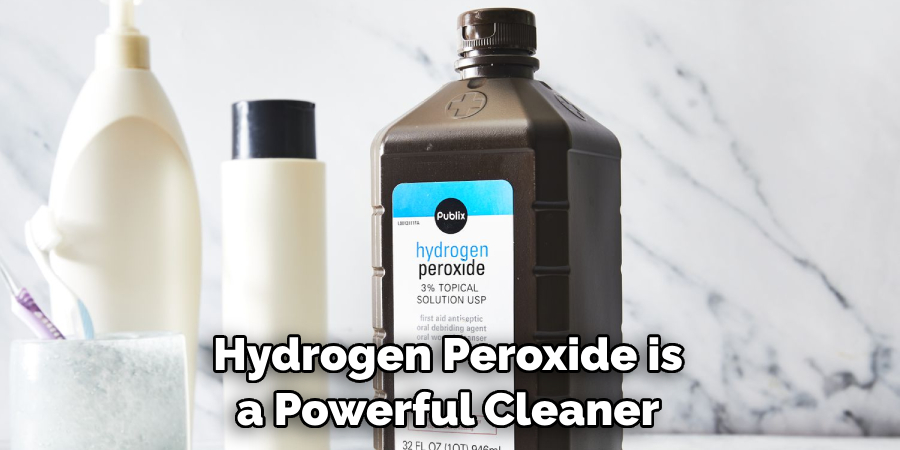
9. Mineral Oil
Mineral oil can be used to clean and restore the shine of glazed pottery. Apply a small amount of mineral oil onto a soft cloth and gently rub over the surface of the pottery.
10. Professional Cleaning Products
If all else fails, there are professional cleaning products specifically designed for glazed pottery that can be purchased at most home goods stores. Follow the instructions on the product carefully to avoid damaging the pottery.
Things to Consider When Cleaning Glazed Pottery
Glazed pottery is a type of ceramic material that has been coated with a layer of colored or transparent glass. This glazing process not only adds aesthetic appeal to the pottery but also makes it more durable and water-resistant. However, just like any other material, glazed pottery can get dirty and require cleaning. But before you start cleaning your glazed pottery, there are a few things you should consider to ensure that you don’t damage the piece.
Know the Type of Glaze
There are different types of glazes used in pottery, and each one requires a specific cleaning method. For instance, stoneware glaze is more durable and can withstand harsher scrubbing compared to delicate porcelain glaze. Therefore, it’s important to know the type of glaze used on your pottery before you start cleaning.
Check the Condition of the Glaze
Before cleaning your glazed pottery, inspect its condition and look for any cracks or chips in the glaze. If there are any damages, avoid using abrasive materials or harsh chemicals as they can worsen the problem. Instead, opt for a gentle cleaning method to preserve the glaze and prevent further damage.
Use Gentle Cleaning Methods
When it comes to cleaning glazed pottery, less is more. Avoid using abrasive materials or harsh chemicals as they can strip off the glaze and leave scratches on the surface. Instead, opt for mild dish soap and warm water, or a mixture of baking soda and water for tougher stains. You can also use a soft-bristled brush or cloth to gently scrub the surface.
Common Mistakes to Avoid When Cleaning Glazed Pottery
Cleaning glazed pottery can be a tricky task, as these delicate pieces require special care to maintain their beauty and longevity. While there are many resources available on how to clean glazed pottery, it is equally important to know what not to do when cleaning these items. Here are some common mistakes that you should avoid when cleaning glazed pottery:
Harsh Chemicals or Abrasive Materials
One of the most common mistakes people make when cleaning glazed pottery is using harsh chemicals or abrasive materials. These can scratch, dull, or even damage the glaze on your pottery. Avoid using bleach, ammonia, or any other strong chemical cleaners on your glazed pottery.
Instead, opt for gentle, natural cleaners like white vinegar and warm water. You can also use a mild soap specifically designed for cleaning delicate items. When it comes to materials, avoid using scrub brushes or scouring pads as they can be too abrasive and cause damage. Instead, opt for soft cloths or sponges to gently clean the surface of your glazed pottery.
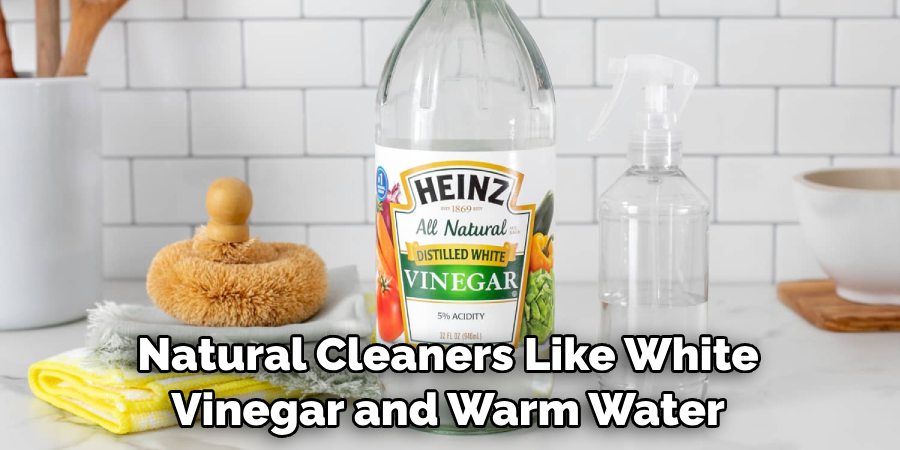
Soaking Glazed Pottery
Another mistake commonly made when cleaning glazed pottery is soaking the pieces for extended periods. While this may seem like a convenient way to remove tough stains, it can actually cause more harm than good. Glazed pottery is porous and can absorb water over time, which can lead to cracking or discoloration of the glaze. It’s best to avoid soaking glazed pottery altogether and instead opt for spot cleaning with gentle cleaners. If you do need to soak your pottery, limit the time to no more than 30 minutes and dry it thoroughly after.
Using Dishwashers
Many people assume that using a dishwasher is a safe and effective way to clean glazed pottery. However, this is not recommended as dishwashers use high temperatures and harsh detergents that can damage the glaze. Additionally, the heat and pressure from the dishwasher can cause items to bump against each other, leading to chips or cracks in the pottery. Hand washing is always the best method for cleaning glazed pottery.
Conclusion
In conclusion, knowing how to clean glazed pottery can make all the difference in preserving its beauty and longevity. We have covered various methods, from using everyday household items such as white vinegar and baking soda, to more specific techniques like using a soft-bristled brush. Remember to always handle your pottery with care and avoid harsh chemicals or abrasive materials.
With the right approach, you can keep your glazed pottery looking like new for years to come. So go ahead and give these cleaning tips a try on your beloved pieces–we guarantee you’ll be amazed by the results! And don’t forget to share this knowledge with your fellow pottery enthusiasts so they too can enjoy perfectly clean and polished glazed pottery in their homes. Happy cleaning!
